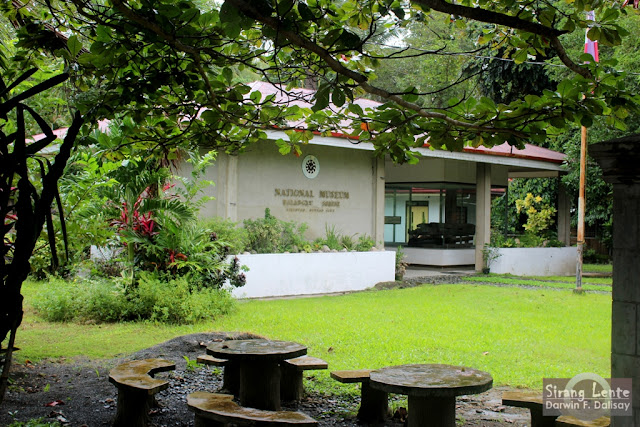
About our Backpacking
Backpacking in Agusan del Norte is a journey through Mindanao’s unspoiled beauty and quiet charm. This underrated province offers a mix of natural wonders—from serene rivers and scenic mountains to hidden waterfalls and caves waiting to be explored. Whether you’re traveling solo or with friends, Agusan del Norte rewards backpackers with authentic experiences, friendly locals, and a peaceful escape far from crowded tourist spots.
5 Days Backpacking in Mindanao
Surigao del Sur, Agusan del Norte, Camiguin
It was past noon when we arrived in Butuan City. We had our lunch break at KFC while waiting for our friend. When he arrived, we walked to their house nearby. Tidied up and rested for a couple of minutes. It was a little after 1 PM, and we walked along the road to the intersection again and rode a tricycle to the city's historical sites.

The Filipino word Baranggay came from the word Balangay or Balanghai, which is a watercraft used by the ancient people in the Philippines for transportation and for barter and trade. If I am not mistaken, it was discussed when I was in the fifth grade in HEKASI. I am happy that today I was able to see the actual relics of Balangay discovered in Butuan. In the shrine, there are skulls, ceramics, and other things found at the same spot.


Our next destination was the Butuan National Museum. It is one of the historical structures in Butuan City that houses and protects the relics discovered in the Caraga Region. It also holds several objects used by the locals for their daily lives, such as jars, ceramic and earthenware, hand-woven clothes, and many more. Instead of riding in a tricycle, we walked to our next destination.

After the two museums, since it was already three in the afternoon and the weather was not good, we decided to proceed to our next destination - the Golden Tara landmark (photo above). The Golden Tara is a moulded gold figurine of Tara, a Goddess from the Buddhist Pantheon, which a Monobo native along the Wawa River in Central Agusan found. This image is cast in 21-karat gold, weighing nearly four pounds and measuring approximately eight inches in height. However, it was acquired in 1922 by the Americans and bought by the wife of the Governor General Wood. It is now housed in the Field Museum of Natural History in Chicago, IL, US.
After photo ops, we walked to the street until we arrived at a Public Market. We bought supplies and food for dinner. Since we were tired of walking, we rode in a tricycle to our friends' residence. Upon arrival, we prepared dinner and a social night. Then, rested. The next day, we walked to the terminal early in the morning to our next destination: the province of Camiguin.
Summary
Backpacking across Agusan del Norte is more than just an adventure—it’s a discovery of nature, culture, and simplicity. Every stop tells a story, from its tranquil landscapes to the warm smiles of its people. For travelers seeking off-the-beaten-path destinations, Agusan del Norte proves that the best travel memories are often found in places yet to be fully discovered.
Would you be interested in travel ideas across the country? Read my complete guide to visiting all 82 provinces in the Philippines — based on my actual travels.

No comments:
Post a Comment
Enter Comment Below: